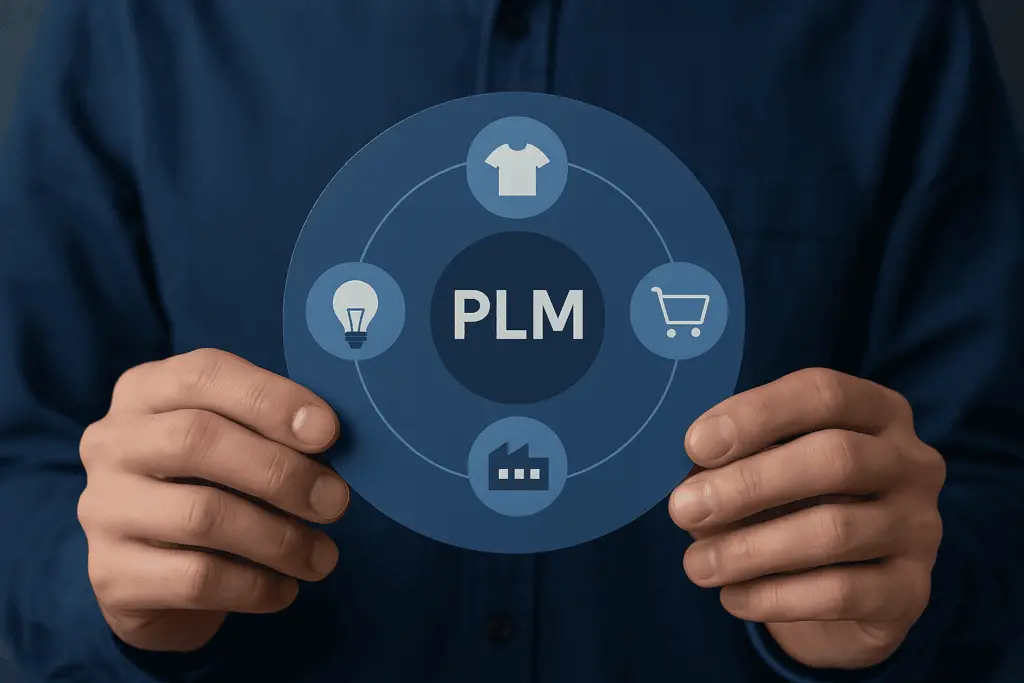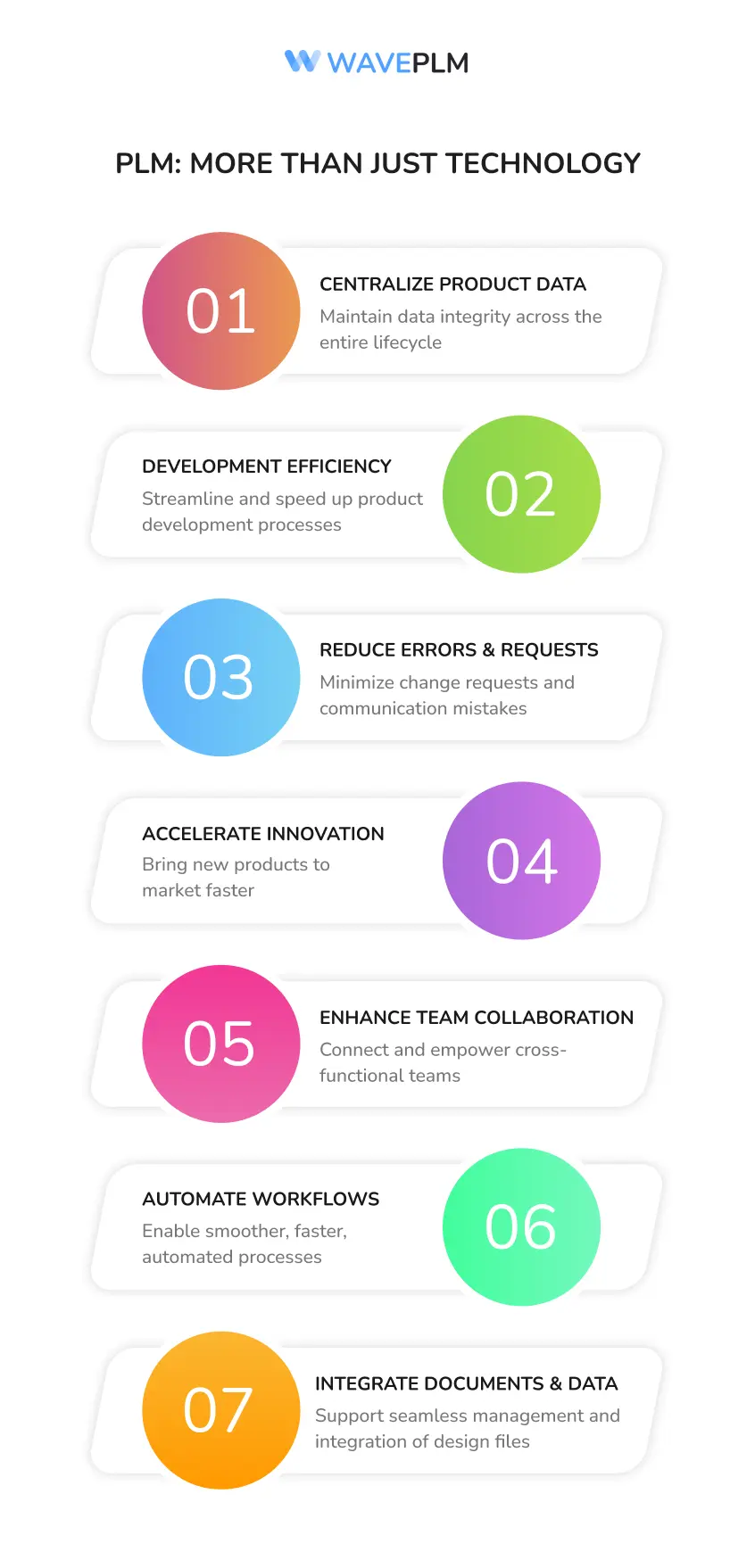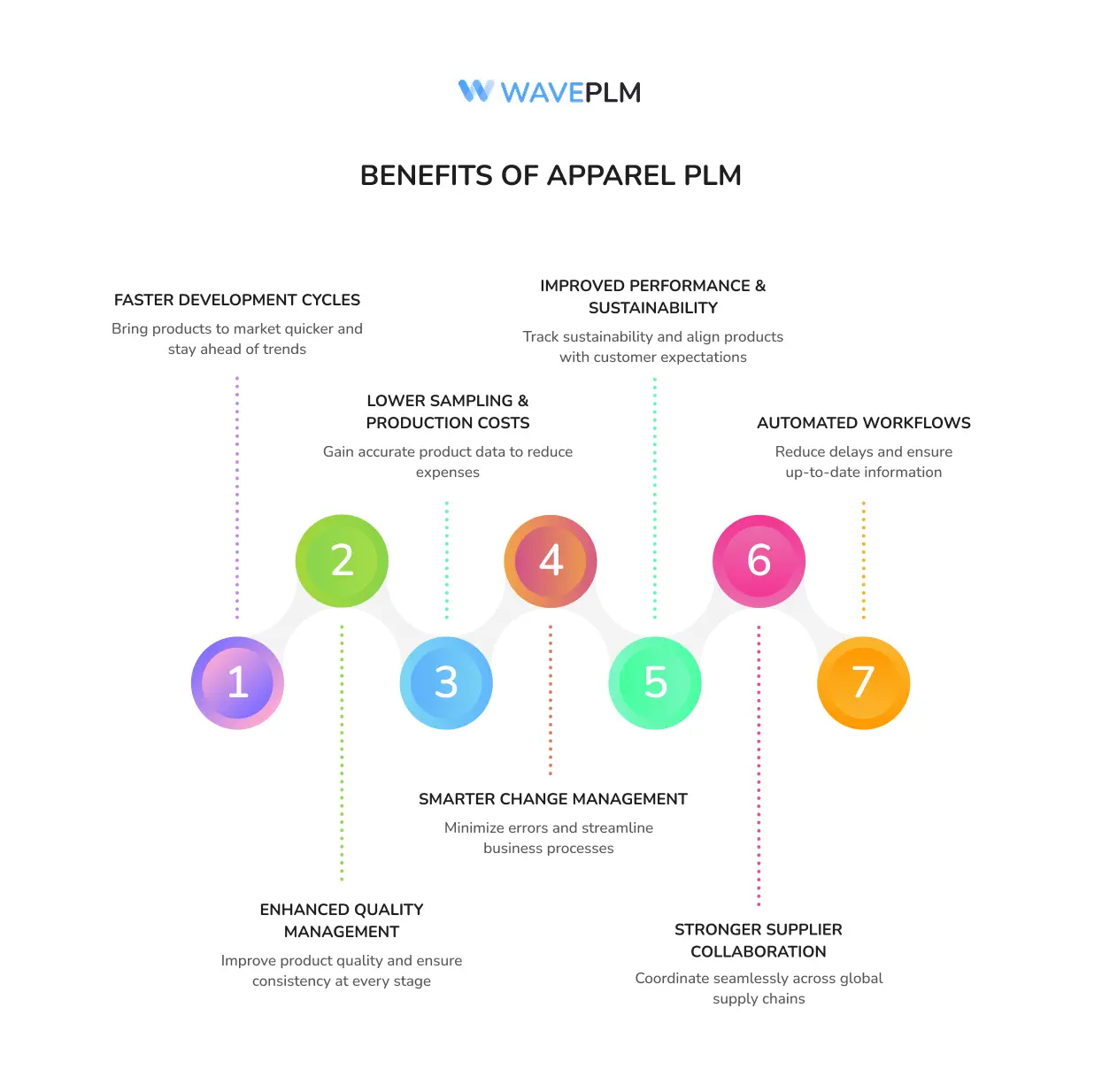
Many fashion professionals often ask: what does PLM stand for? The PLM acronym means Product Lifecycle Management. In simple terms, PLM stands for the process, data, and tools that manage the entire product lifecycle. From the initial idea and concept sketch to sourcing, production, and product launch, PLM software ensures fashion brands stay competitive in global supply chains. As fashion markets evolve and supply chains grow more complex, understanding the true meaning of PLM becomes essential for both established companies and emerging brands.
What Does PLM Stand For?
The PLM acronym stands for Product Lifecycle Management. It is a business strategy and system that manages all information, workflows, and product development data connected to a product. In fashion, PLM stands for an end-to-end solution that connects design, sourcing, production, and retail. It unites multiple stakeholders, from designers and sourcing agents to manufacturing engineers and project managers, into one digital thread.
|
Acronym |
Meaning |
|---|---|
|
PLM |
Product Lifecycle Management |
Product lifecycle management (PLM) stands for more than just technology. It represents modern PLM solutions that help brands manage business processes, enhance collaboration, improve product quality, and adapt quickly to market demands. In today’s era of digital transformation, PLM systems also play a key role in eliminating data silos and ensuring accurate product data flows across global supply chains.
Why the PLM Acronym Matters in Fashion
Fashion moves fast. Designers need to translate outfit inspiration into collections within weeks. Sourcing teams must find suppliers, track raw materials, and ensure supplier collaboration while managing costs. Manufacturing engineers and project managers must control quality workflows, manage engineering changes, and oversee change management processes. Retailers expect on-time product launch, while customers demand enhanced product quality and sustainable production. Without a PLM system, disconnected systems and outdated information create delays, miscommunication, and costly errors.
PLM software solves these issues. Product lifecycle management PLM allows cross functional teams to share up to date information, improving business operations and quality management. Brands that implement PLM solutions gain a competitive advantage by going to market faster, meeting customer needs, and improving product performance across their entire product lifecycle.
PLM Stands For More Than Technology
When we ask what PLM stands for, we also talk about a complete approach. PLM software is the tool, but lifecycle management is the method. Together, they enable fashion brands to:
- Centralize product data and maintain data integrity
- Improve product development process efficiency
- Reduce change requests and communication errors
- Accelerate innovation and product launch
- Enhance collaboration across cross functional teams
- Enable workflow automation for smoother processes
- Support document management and CAD data integration
In short, PLM stands for better control of the entire product lifecycle, helping companies align business strategy with execution.

Stages Covered by Product Lifecycle Management
Apparel PLM supports every step of the product development cycle, ensuring customer feedback is included throughout:
|
Stage |
What Happens |
|
Concept & Design |
Designers use computer aided design (CAD systems) and mood boards to create initial ideas |
|
Development |
Tech packs, materials, product development data, and engineering data get prepared and tested |
|
Sourcing |
Supplier collaboration ensures raw materials and components are secured, costs are compared, and compliance tracked |
|
Production |
Orders, engineering changes, and quality workflows are tracked, monitored, and updated in real time |
|
Distribution |
Finished products move through globalized supply chains into retail, e-commerce, and wholesale markets |
Modern PLM solutions connect these stages to ensure accurate product data, enable data sharing, and establish a collaborative environment across cross functional teams.
Examples of PLM in Fashion
When brands ask what does PLM stand for, real-world examples illustrate its value:
- A designer uploads CAD data, simulation data, and inspiration boards into PLM software, linking them with fabrics and trims.
- A sourcing manager uses cloud based PLM to compare supplier pricing and manage global supply chains.
- A production team updates engineering changes, reviews quality workflows, and ensures quality management compliance.
- Retail teams use PLM technology to forecast product performance, plan product launch dates, and respond to customer feedback.
These examples show how PLM helps manage cross functional collaboration, accelerate innovation, and meet customer expectations in competitive markets.
PLM Acronym vs. Other Industry Terms
Fashion professionals often confuse PLM with other systems. Here’s a quick comparison:
|
Acronym |
Stands For |
Use in Fashion |
|
PLM |
Product Lifecycle Management |
End-to-end lifecycle management across design, sourcing, and retail |
|
ERP |
Enterprise Resource Planning |
Focus on finance, supply chain management, and business operations |
|
PDM |
Product Data Management |
Manages design files, engineering data, and plm product data management |
PLM stands for a broader system compared to ERP or PDM. PLM technology also combines document management, product data management, and engineering changes into one system. This eliminates disconnected systems and ensures accurate product data across the entire lifecycle.
Benefits of Apparel PLM
Brands that adopt apparel PLM gain measurable benefits:
- Faster development cycle and ability to go to market faster
- Improved quality management and enhanced product quality
- Lower sampling and production costs with accurate product data
- Better change management, fewer errors, and smoother business processes
- Improved product performance, sustainability tracking, and alignment with customer expectations
- Greater supplier collaboration across global supply chains
- Workflow automation that reduces delays and ensures up to date information
Apparel PLM ensures that customer needs, market demands, and customer feedback shape the product development process and drive business strategy.

Cloud PLM and Future Trends
Modern PLM solutions often include cloud based PLM for flexibility and scalability. Cloud PLM provides workflow automation, supports digital transformation, and creates a collaborative environment for global collaboration. Cloud based solutions allow cross functional teams to access accurate product data anywhere in the world.
Future trends in PLM include machine learning integration, digital thread expansion, and predictive analytics for product performance. Medical devices, discrete manufacturers, and fashion brands all explore how PLM helps manage complex data. Simulation data, engineering data, and CAD systems feed into digital thread networks, giving project managers and manufacturing engineers powerful tools. Cloud based solutions and modern PLM solutions also enable faster responses to market demands and global supply chains.
Why Wave PLM Makes a Difference
Wave PLM helps fashion brands apply the meaning of PLM acronym in practice. Our PLM solution centralizes product data, integrates with business systems, and enhances supplier collaboration. With Wave PLM, brands enjoy:
- Streamlined business processes across design, sourcing, and production
- Seamless cross functional collaboration between departments and global supply chains
- Scalable cloud based PLM solutions designed for apparel and lifestyle industries
- Digital thread integration for better data sharing and lifecycle management
Wave PLM helps manage engineering changes, improve product quality, and align with customer expectations. Our PLM software provides up to date information, enabling product launch and product management with confidence. By implementing PLM, brands gain accurate product data, enhance collaboration, and accelerate innovation.

Final Thoughts
So, what does PLM stand for? The PLM acronym means Product Lifecycle Management. In fashion and beyond, product lifecycle management PLM stands for more than just software. It stands for digital transformation, cross functional collaboration, quality workflows, and competitive advantage. Apparel PLM software helps brands accelerate innovation, enhance product quality, and meet customer needs across global supply chains. With Wave PLM, implementing PLM becomes simple, effective, and ready for future trends. By understanding the full scope of lifecycle management, brands can strengthen their business processes, meet customer feedback with action, and launch products to market faster with confidence.





Leave a Reply